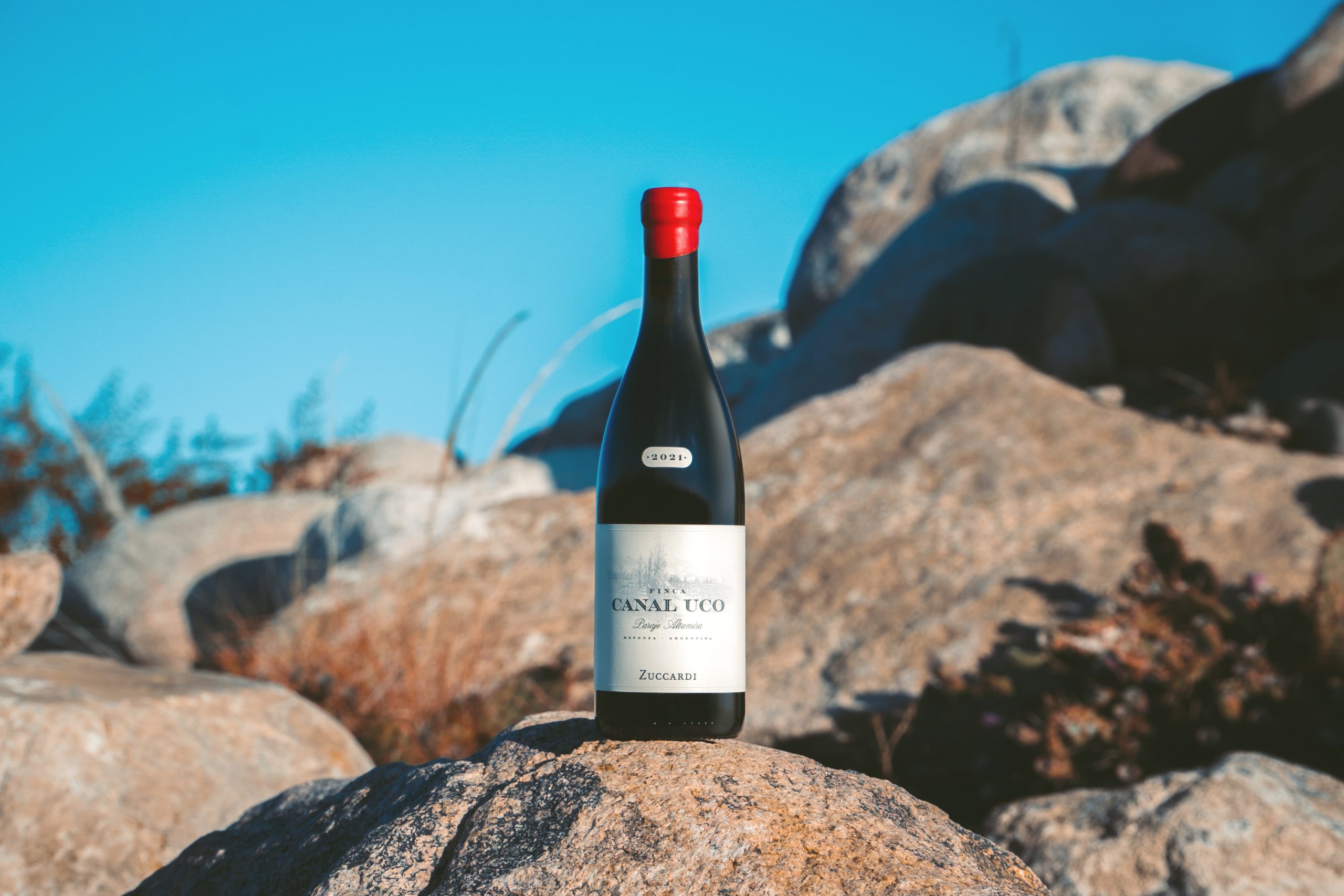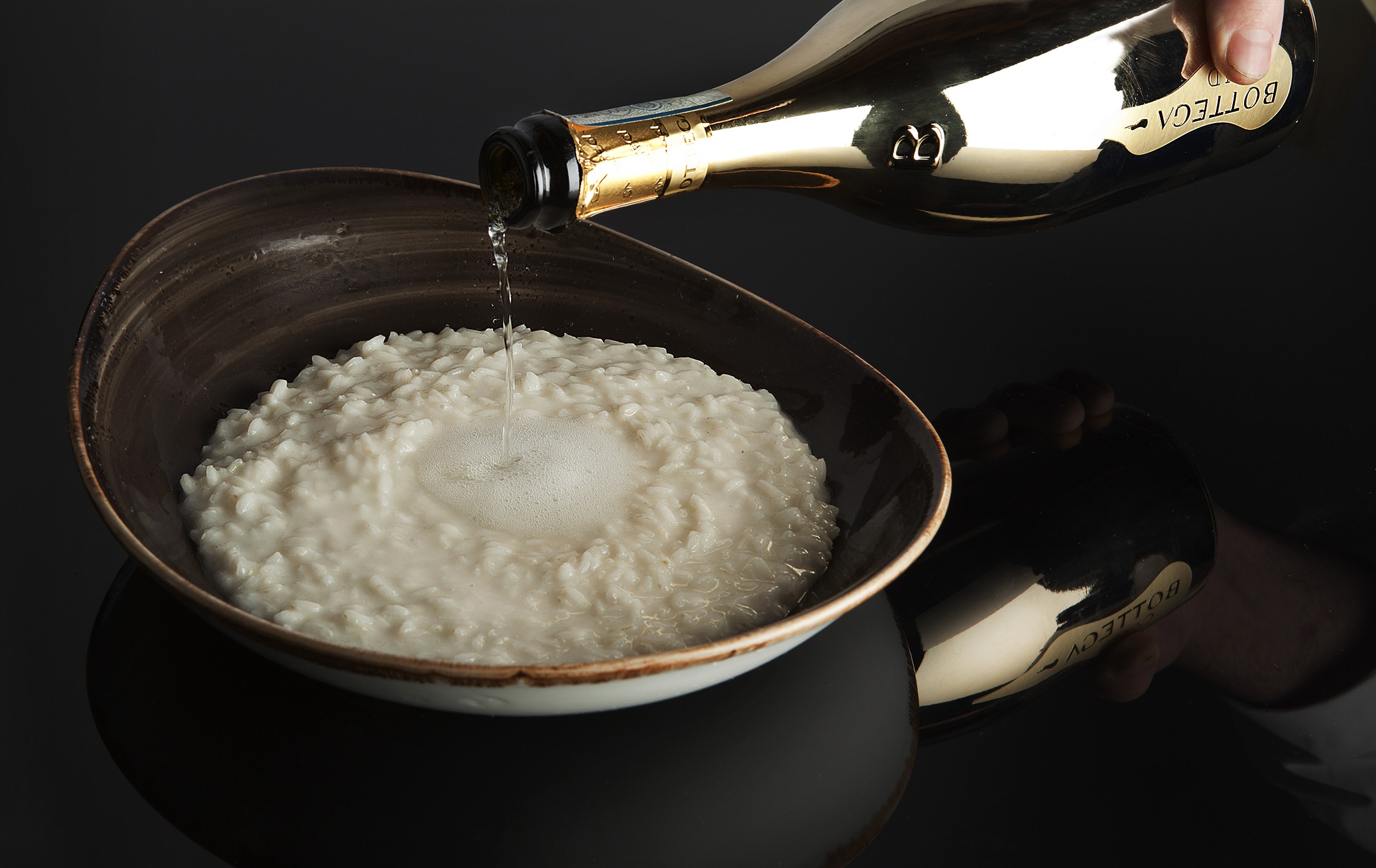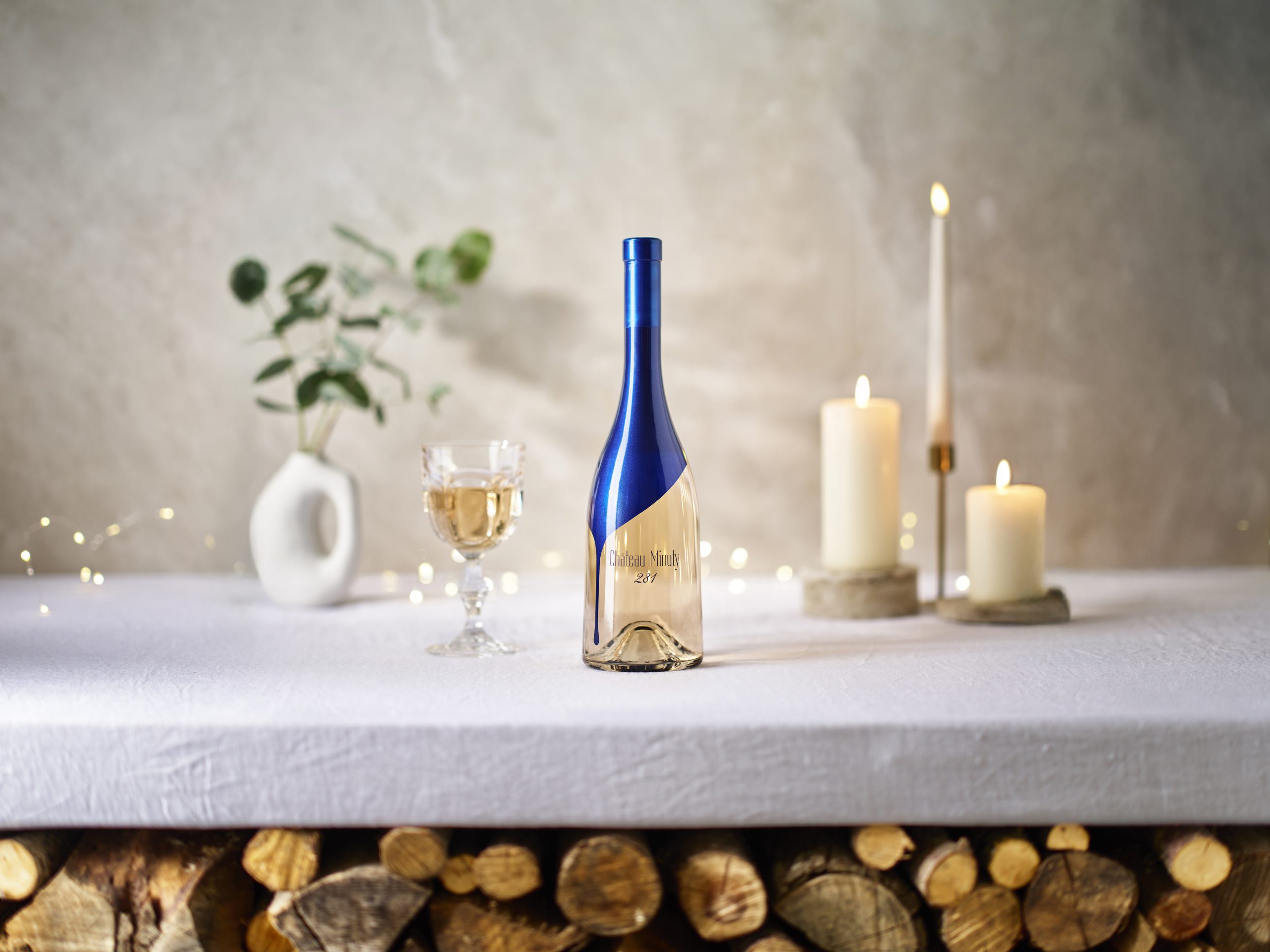Geoffroy: I couldn’t care less about acids
Dom Pérignon’s chef de cave, Richard Geoffroy, has dismissed the idea that acidity is key to a wine’s ageability, saying he “couldn’t care less” about it.
Speaking during a vertical tasting in London of Dom Pérginon’s library series P2 (formerly known as Onenthèque), Geoffroy said: “I disagree that low acid wines can’t age – PH levels are more important. I couldn’t care less about acids.
“I never speak of ageing in Champagne as it’s passive and oxidative. Instead, I speak of active yeast maturation, which is the secret to the mysteries of Champagne.
“I’m fighting against the belief that late disgorged wines have a short lifespan. So long as they are kept on their lees, they could make it to the 100-year mark.
“Time is organic, not linear, and over time the wine eats the lees up. With lees ageing you get more texture, viscosity, and a more lingering, deeper profile.
“Longer yeast aged wines have a magnified character and are truer to the spirit of Dom Pérignon. Yeast maturation also helps fight oxidation.”
On the subject of picking dates, Geoffroy revealed he wasn’t afraid to leave the grapes later on the vine than most in the region.
“People are concerned about over-ripeness in Champagne, I’m not so much. DP can accommodate ripeness,” he said.
“In 1998 we picked later than everyone else and it made the vintage. Picking is always something of a compromise,” he added.
Talking tasters through four vintages of Dom Pérignon P2 – 1998, 1996, 1995 and 1993 – Geoffroy described the wines as “getting closer to the ideal of the vintage”.
Partner Content
“Dom Pérignon has different windows of development. The wine takes 8-10 years to truly become DP – the 2006 vintage took a decade to come out and 2004 was the same.
“P2 is about harmony. There’s an embracing quality to our Champagnes. Most of the other top Champagnes are more edgy and taught and not as fleshed out, but DP is substantial and expanded,” he said.
“P2 is the peak of Dom Pérignon’s intensity. Time is energy and by the wine’s third stage, P3, it has over 30 years of ageing and brings all of the elements together – it’s about integration and streamlining at that stage.
“The P2 wines have profound depth – they have the richness and intensity without the weight or fatigue. Power is more brutal and in your face and never as memorable as intensity. It’s easy to make loud wines – complexity and integration are the name of the game,” he added.
During the tasting Geoffroy revealed that a given year’s potential to have a second and third life as P2 and P3 wines are built into the decision as to whether or not to declare a vintage, will all vintages produced destined to become both.
“We keep a small fraction, around 10-15%, of wine aside from each vintage for extended ageing and future release under the P2 label. The P2 wines tend to be released in the order of the vintages but P3 is less chronological,” he said.
“Our biggest markets for P2 are the UK, the US and Japan but Italy is really coming up,” he added.




